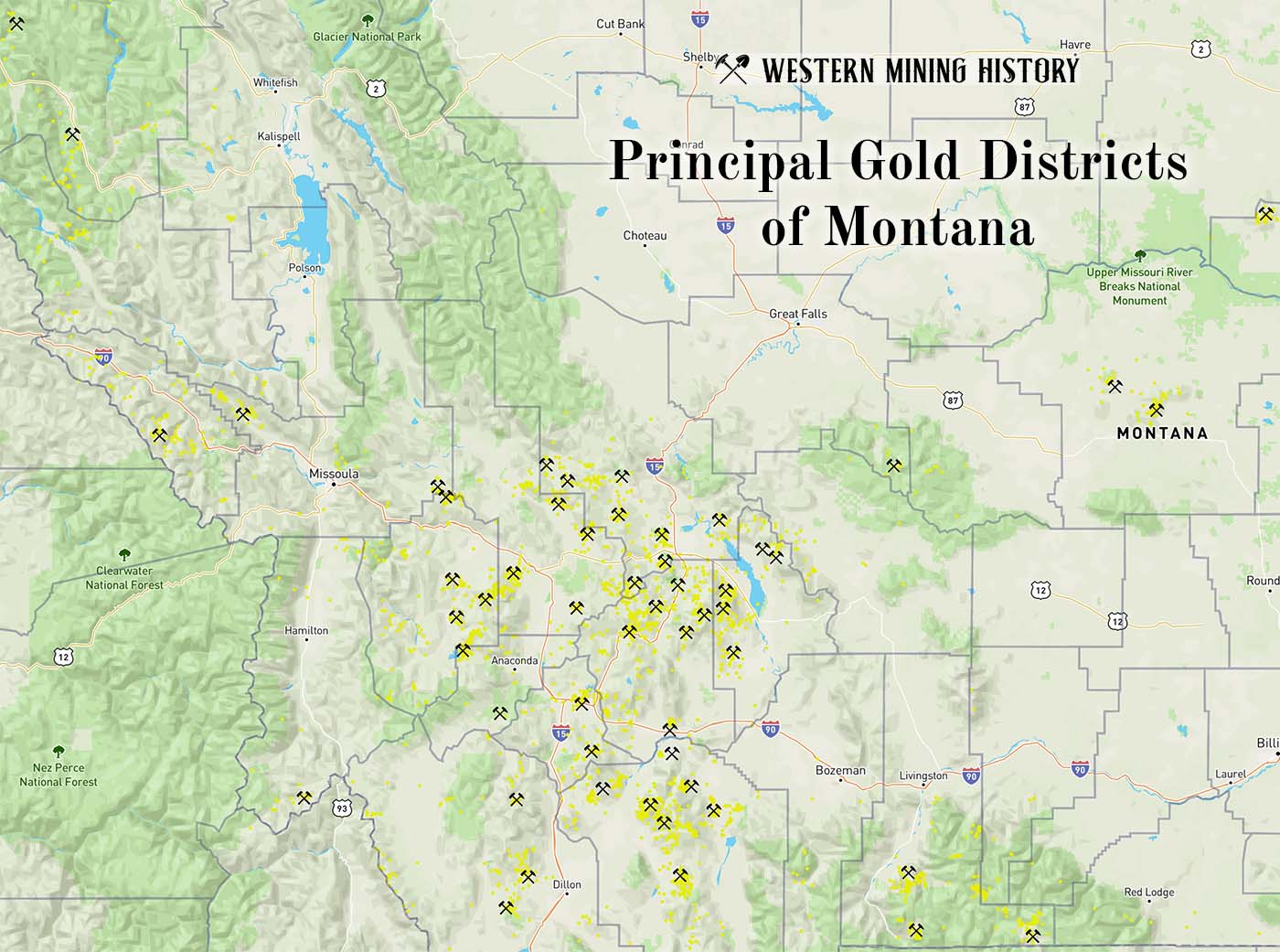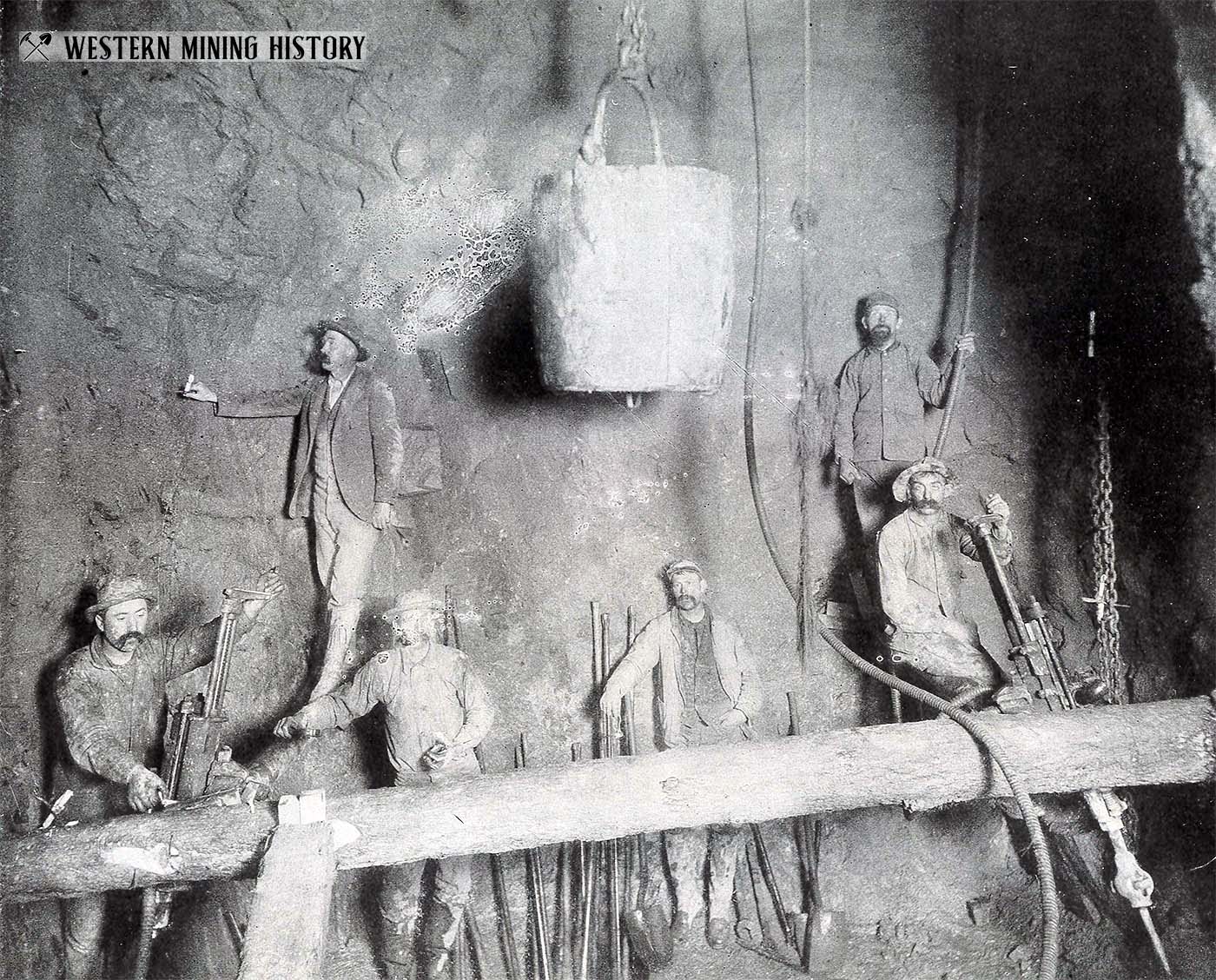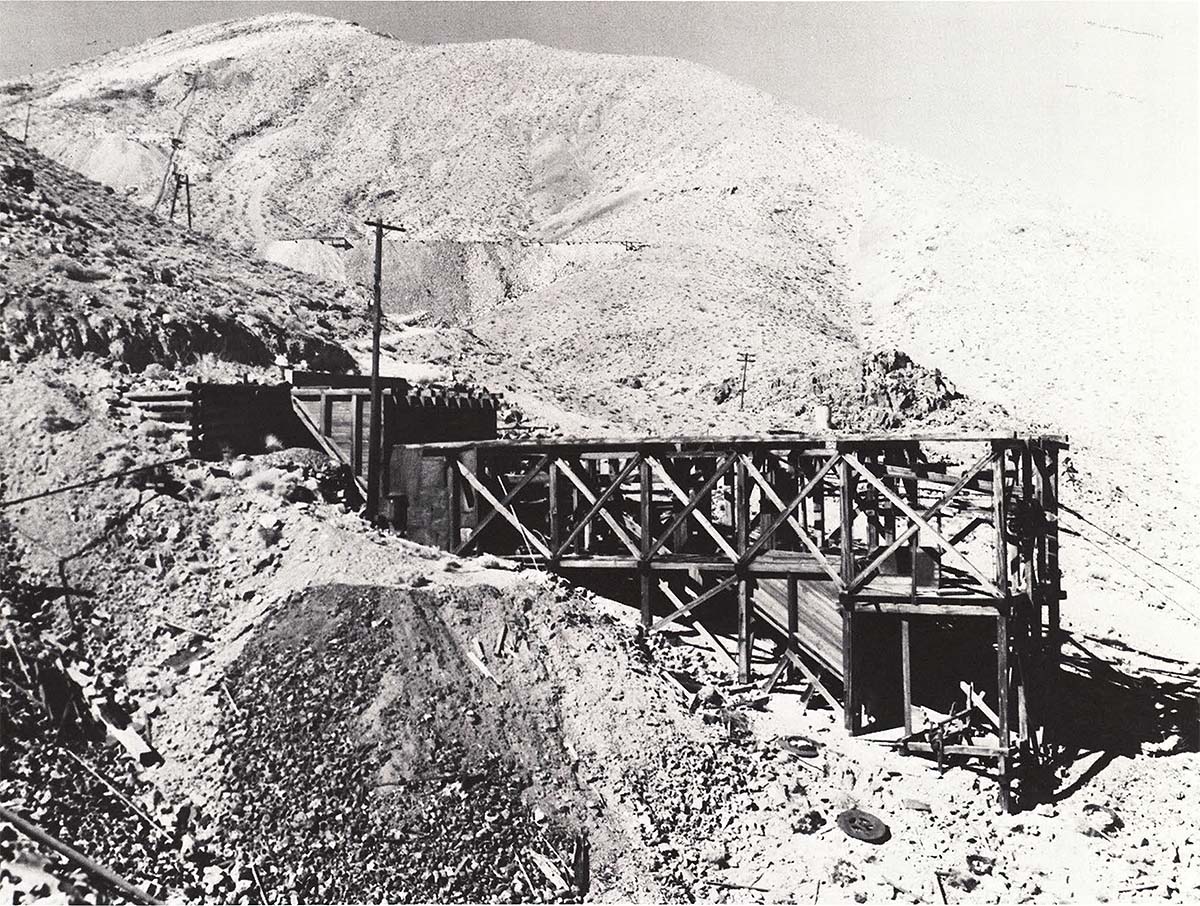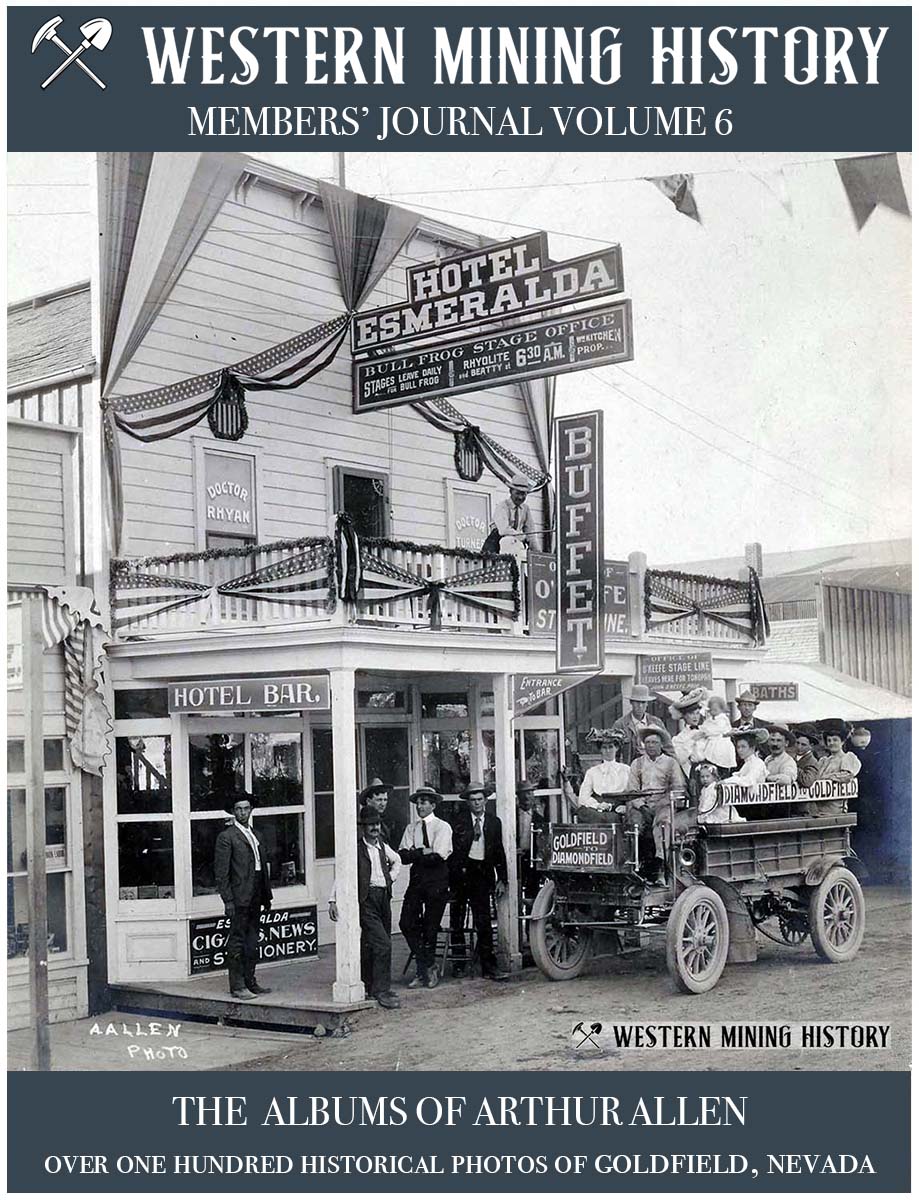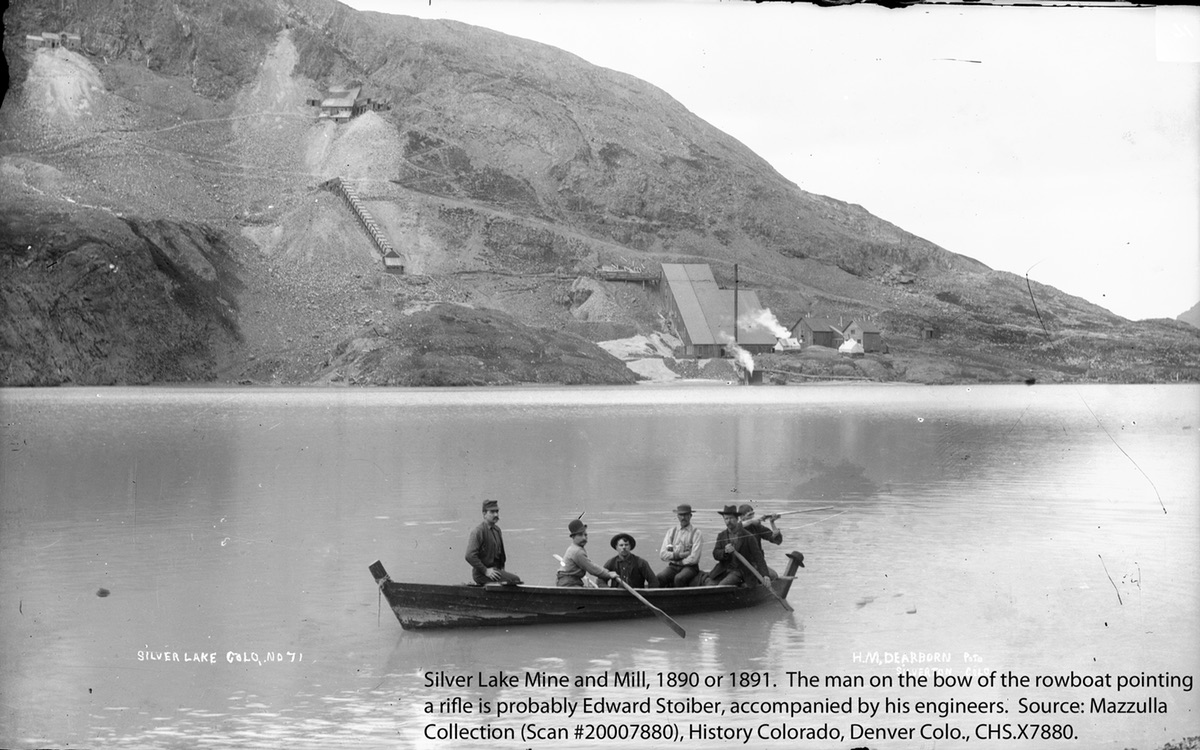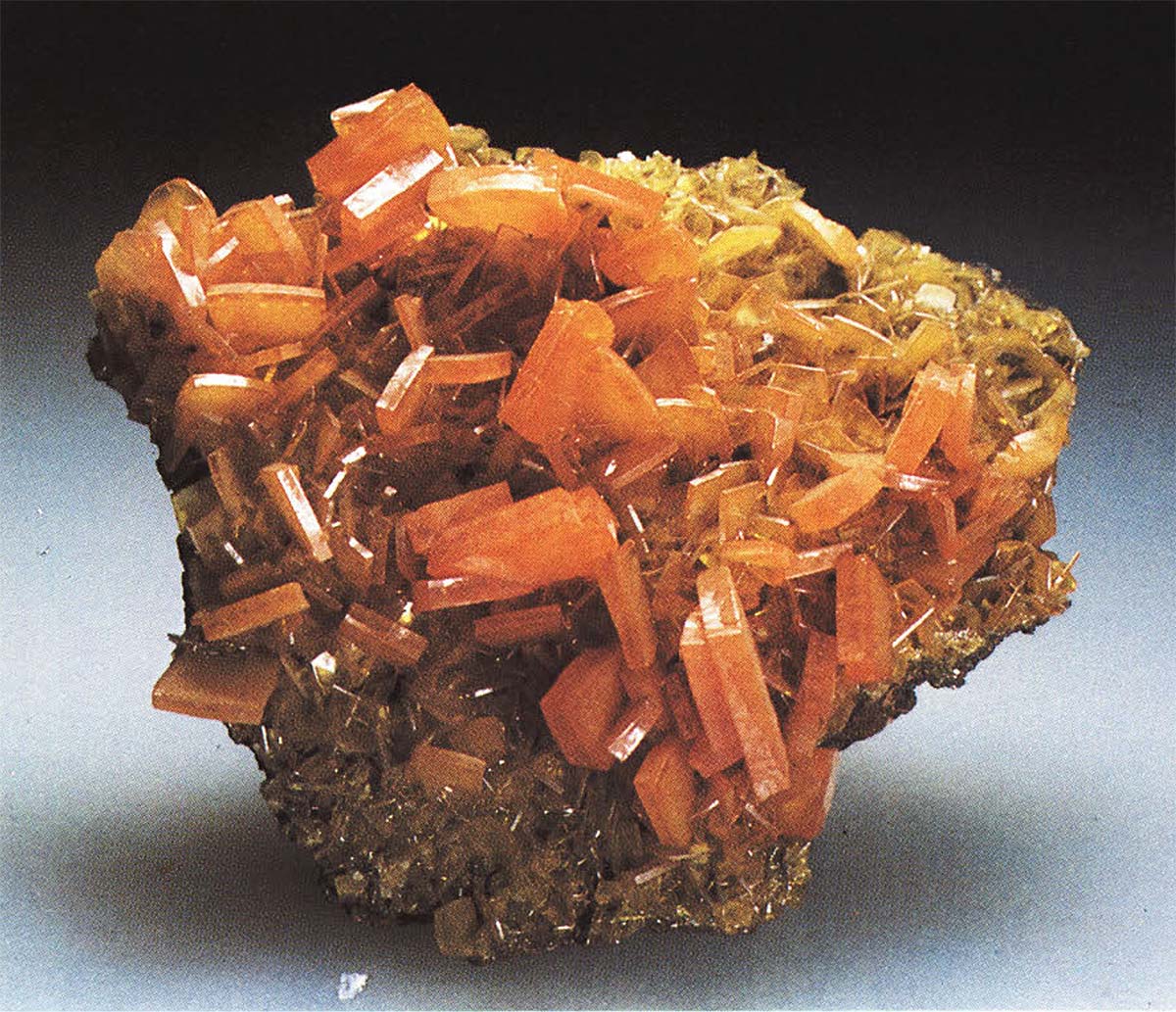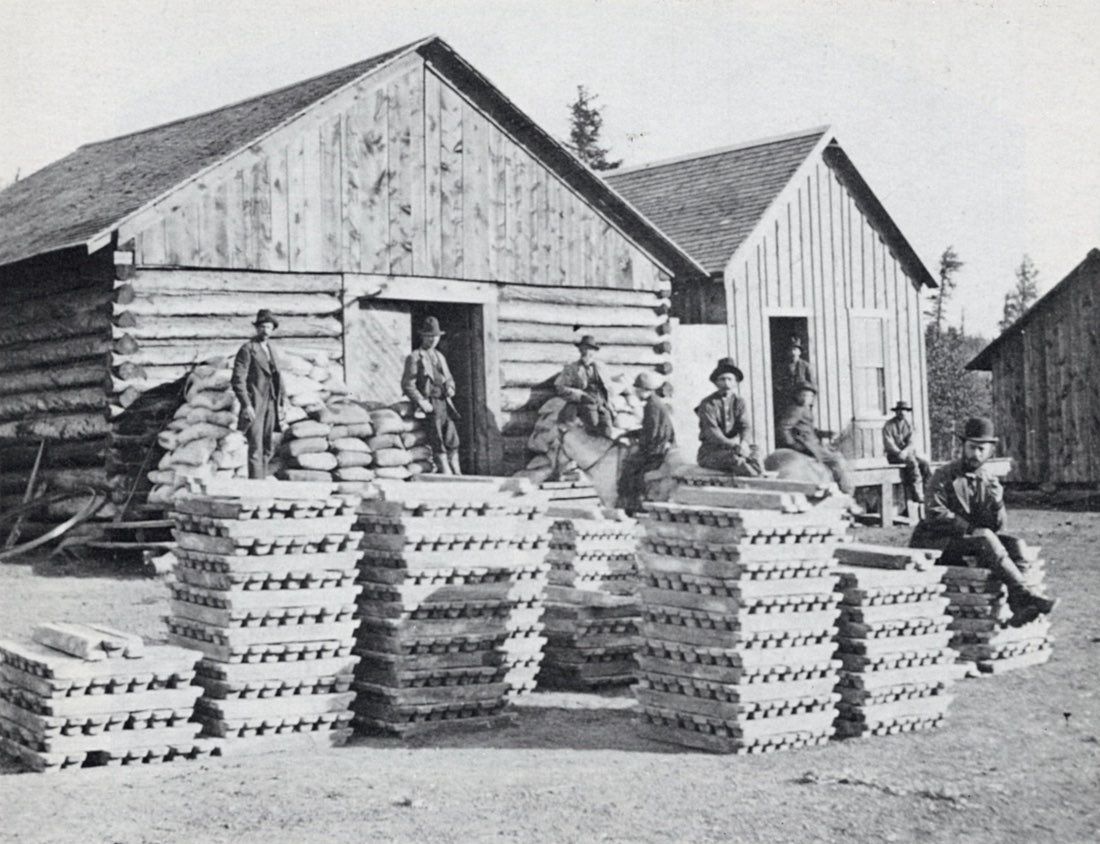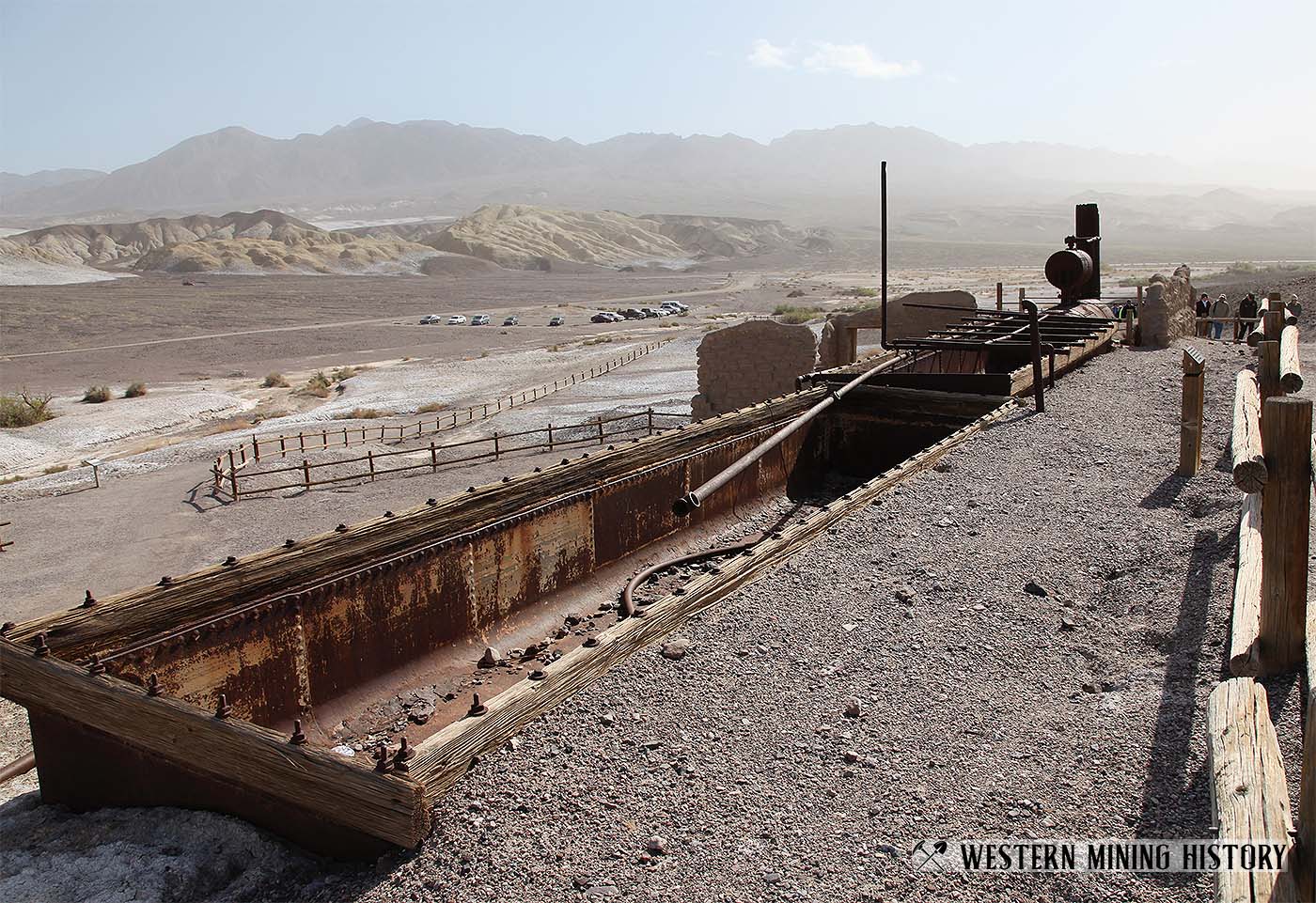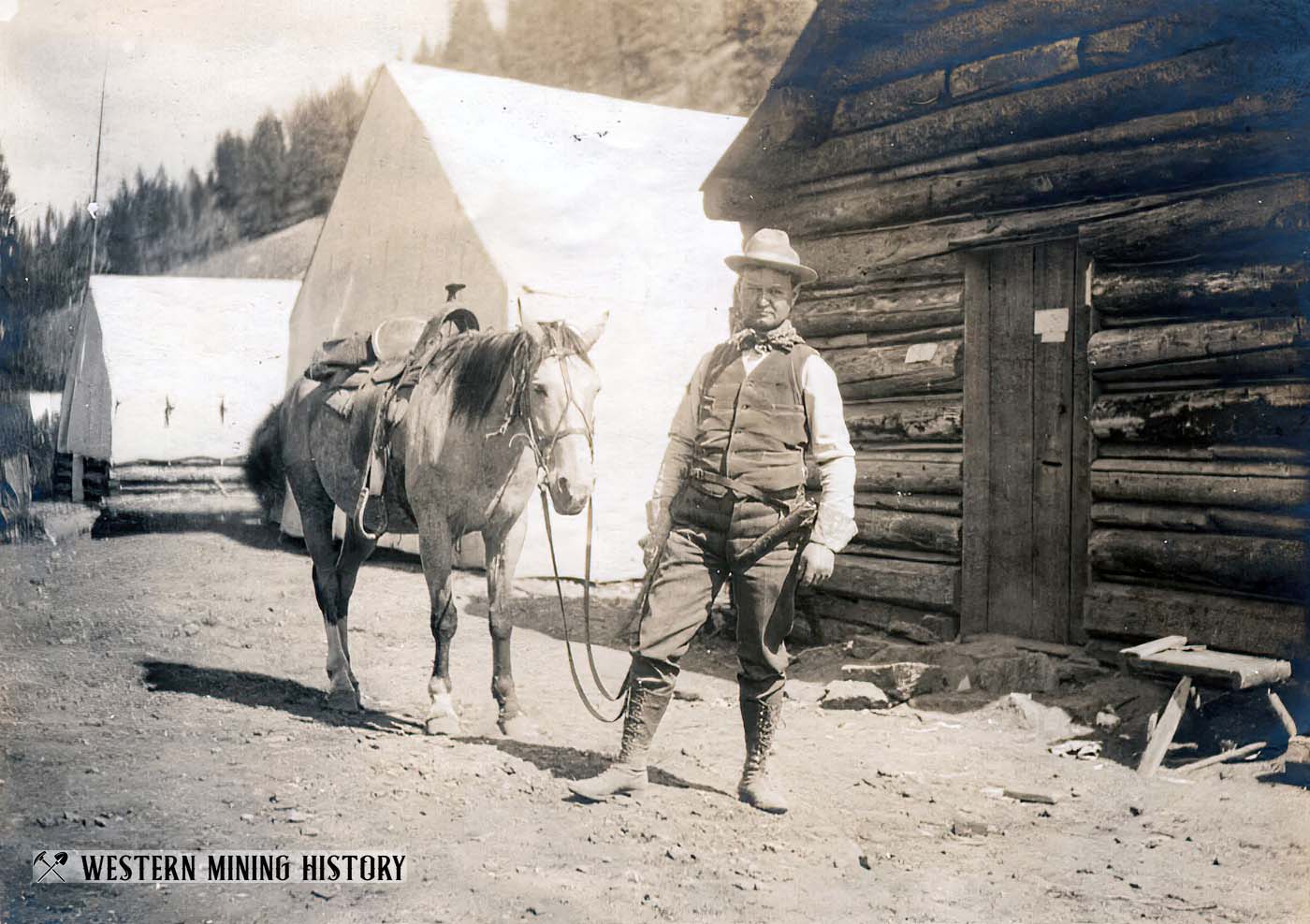 Famous Mineral Localities: The Ray Mine
Famous Mineral Localities: The Ray Mine
From the The Mineralogical Record Volume 14, No. 5, September-October 1983: “Since mining first began in the Ray area more than 100 years ago, over two billion dollars in ore and thousands of fine mineral specimens have been removed. Superb examples of native copper, cuprite and chrysocolla are still being discovered and preserved.”

